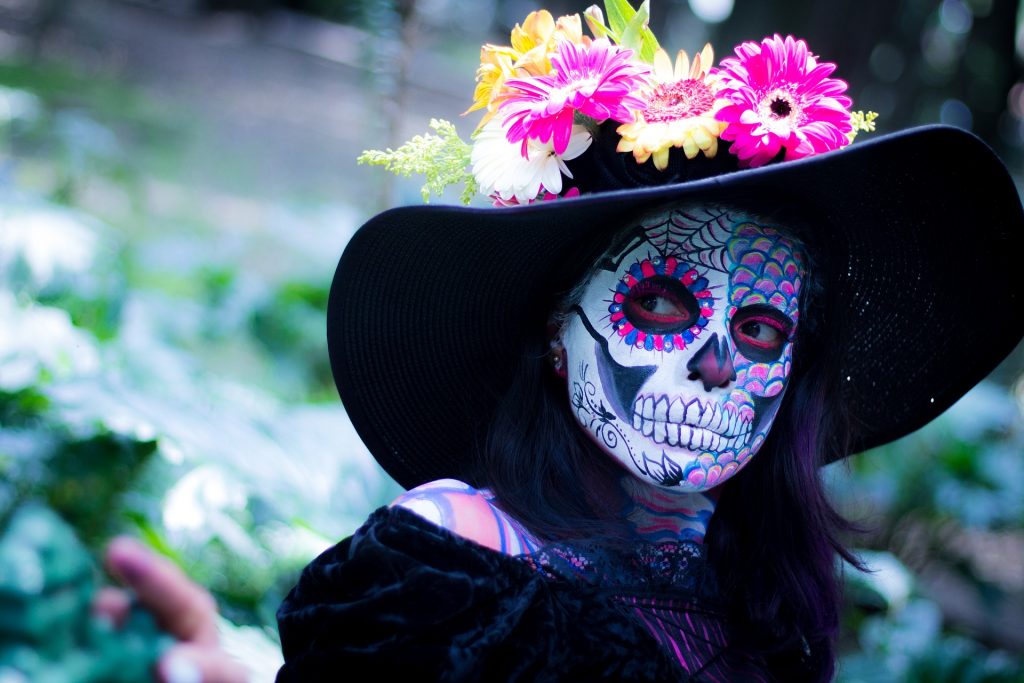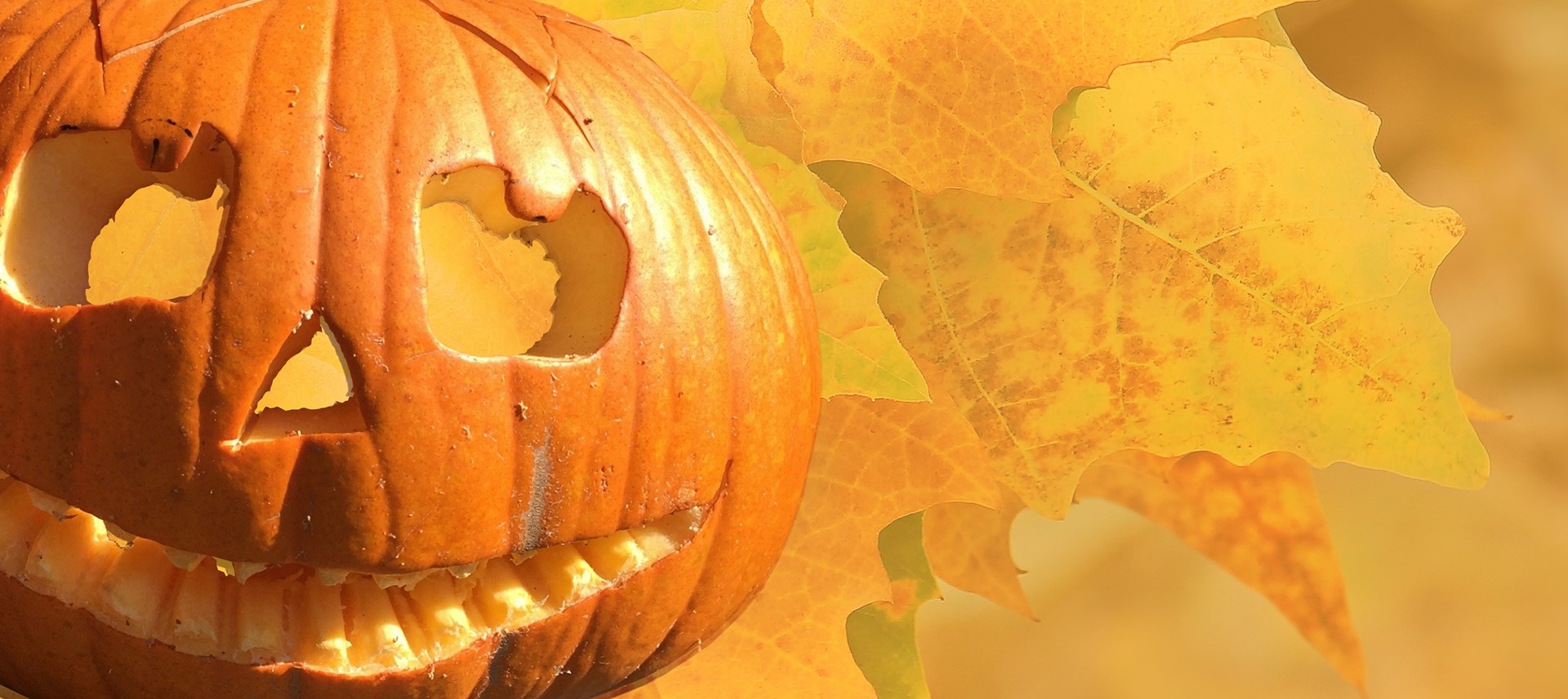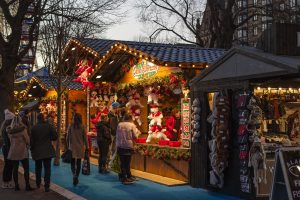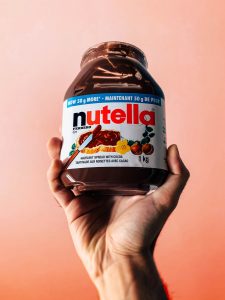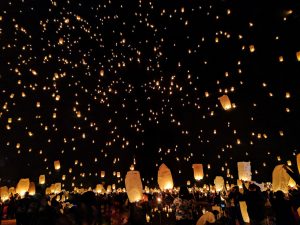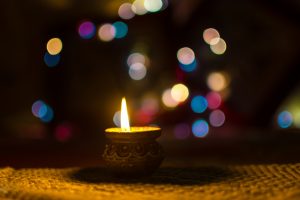Halloween Historical Context
We annually celebrate Halloween on the 31st of October. This date coincides with the Celtic festival of Samhain (or November in Irish). The festival began more than 2000 years ago by the Celts. These people lived in what is now Ireland, Scotland, England and parts of Northern Europe.
Back then, people started night bonfires to light up the darkness. Moreover, they dressed in monstrous costumes to scare away ghosts and evil spirits. This Gaelic festival marks the end of the harvest season and the beginning of the dark winter months.
You Might Also be Interested in:
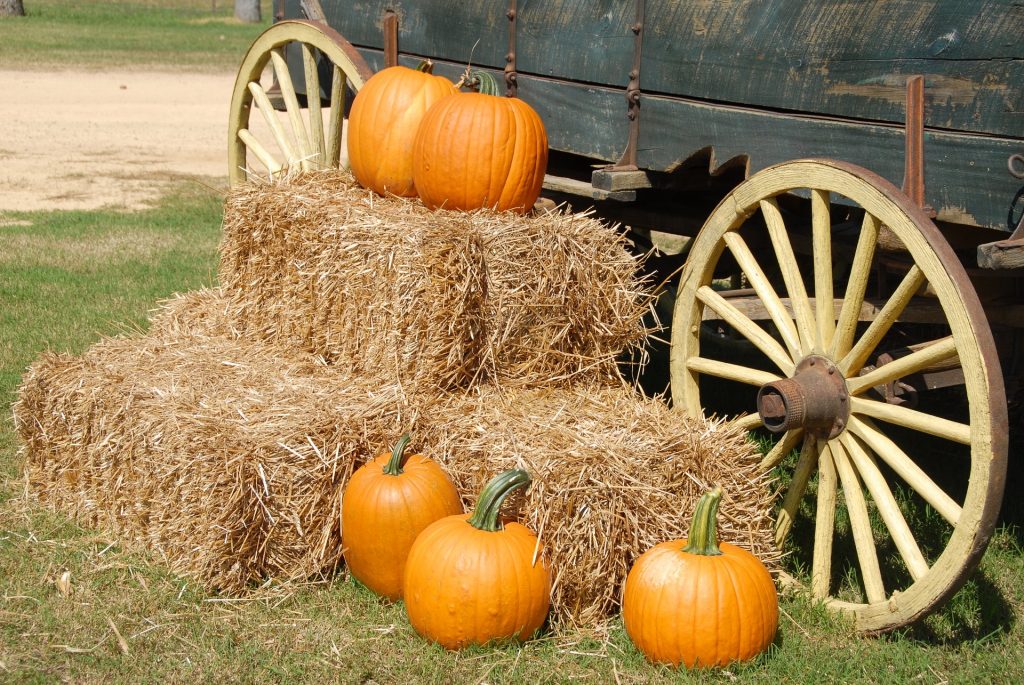
This was historically linked to death. Therefore the Celts believed that on this day, the ghosts from beyond could visit the living. Moreover, on the same day, they felt monsters’ presence at their houses. Therefore these traditions were meant to safeguard the living and scare away the evil creatures.
In the second half of the nineteenth century, the popularity of Halloween spread like wildfire. All of this is due to Irish immigrants arriving to America. Moreover, it grew ever since, reaching all corners of the globe.
Current Halloween Celebrations
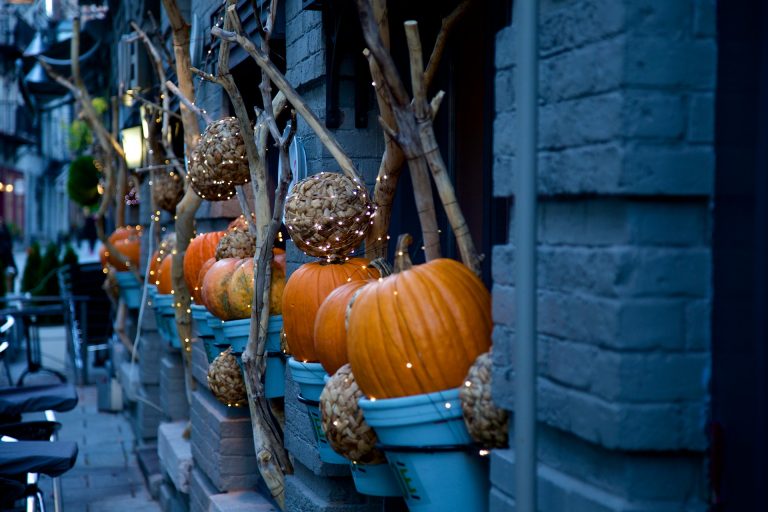
Halloween today is a very colorful night and far from legends and scary beliefs. For this reason, candies, lit-up pumpkins, trick and treats and a bit of scary creative costumes fill the celebration.
Today, “All Hallows’ Day” translates to “All Saint’s Day”. Christianity celebrates it on the 1st of November. Moreover, Christians celebrate “All Souls’ Day” on the 2nd of November.
Halloween is very popular in America and around the globe. “Trick or Treat” started in Ireland, Scotland and Wales. At that time, it involved people dressing up and going door to door asking for food. They would say poems or sing songs in exchange for goodies. Later, the children would play threatening pranks on people to hand them over some sweets. Therefore, many of the old traditions are still ongoing till our present day.
Some downsides of the celebration are also present. Halloween became increasingly commercial in recent years. Many Americans are Halloween-obsessed. They spent a staggering figure totaling to USD 9 billion in 2018 alone. The National Retail Federation calculated this figure and it estimates that the numbers are on the rise. Moreover, similar trends are observed in Canada and Ireland.
Meanwhile, many other nations have similar celebrations. One particular example which stands out is Mexico. The country celebrates the “Día de Los Muertos” or “Day of the Dead”. A Similar concept to Halloween but in a different style. The Mexicans are not scared of the dead, but on the contrary they welcome the spirits on this day. The event is celebrated to honor the dead and to ever feel their presence…
